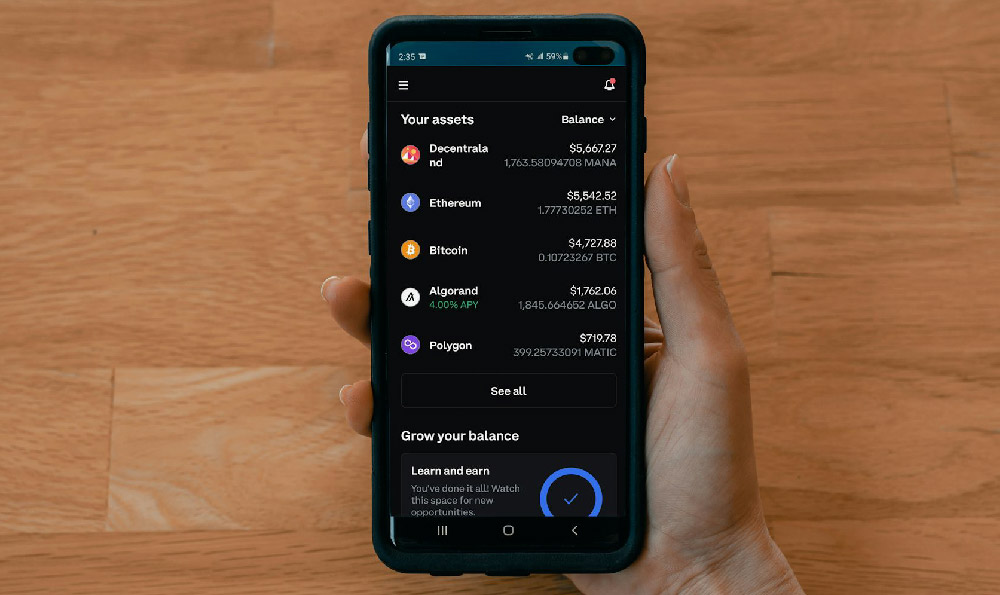
Defining "middle class" and its associated income levels is a complex and constantly evolving topic, highly dependent on geographic location, cost of living, and socioeconomic factors. There's no single, universally accepted definition, which makes providing a concrete income figure tricky. Instead of offering a specific dollar amount, let's explore the various ways "middle class" is defined and how you can assess your own financial standing relative to that definition.
One of the most common approaches to defining middle class is based on income relative to the median income of a particular region or country. A popular rule of thumb suggests that middle-class income falls between two-thirds and double the median household income. The median income is the income at which half of households earn more and half earn less. Using this method offers a more nuanced understanding than simply assigning a flat number, as it considers local economic conditions. For instance, the median income in a bustling metropolitan area like New York City is significantly higher than in a rural area of the Midwest. Therefore, the middle-class income range will also be proportionally higher in New York City to account for the elevated cost of living, including housing, transportation, and everyday expenses.
Beyond simply referencing the median, some researchers employ more sophisticated calculations. These models often consider household size and adjust income ranges accordingly. A single individual earning a certain income might be considered middle class, while a family of four earning the same amount might struggle to maintain a middle-class lifestyle due to increased expenses. These models often incorporate equivalence scales that adjust income to account for different household compositions. These scales reflect the understanding that the cost of living doesn't increase linearly with each additional household member. The first adult in a household likely bears the brunt of fixed costs (rent, utilities), while subsequent additions may require smaller incremental increases in spending.

However, defining middle class solely on income is a rather limited perspective. Wealth, assets, and liabilities are equally, if not more, crucial indicators of financial well-being. An individual earning a seemingly high income might still be considered lower-middle class if they carry substantial debt, lack significant savings, or possess limited assets like homeownership or investments. Conversely, someone with a moderate income but substantial wealth accumulated over time – perhaps through inheritance, successful investments, or frugal living – might enjoy a comfortable middle-class lifestyle. Therefore, a comprehensive assessment must encompass the totality of a household's financial picture.
Lifestyle and perceived well-being also play a significant role in defining middle class. Beyond meeting basic needs like food, shelter, and clothing, the middle class typically enjoys a certain level of discretionary spending. This includes access to healthcare, education, leisure activities, and the ability to save for retirement and future generations. They generally have a sense of financial security and the capacity to weather unexpected financial setbacks, such as job loss or medical emergencies. This feeling of security is a critical aspect of the middle-class identity, differentiating it from those constantly struggling to make ends meet.
Furthermore, access to opportunities is often considered a defining characteristic of the middle class. This includes access to quality education for their children, the ability to pursue career advancement, and the opportunity to participate in civic life. These opportunities contribute to social mobility and the ability to improve one's financial standing over time. A shrinking middle class often signals a decline in these opportunities, leading to increased income inequality and social unrest.
What truly distinguishes the middle class isn't simply an income bracket; it's the combination of financial stability, access to opportunities, and a sense of security. It's the ability to afford a comfortable standard of living without constant financial stress, the chance to invest in the future, and the belief that hard work and dedication can lead to upward mobility. It also often includes ownership of a home, even with a mortgage, and access to reliable transportation, often a car. These contribute to a sense of established stability and community involvement.
In conclusion, determining how much a middle-class individual earns is a nuanced question with no definitive answer. Instead of focusing on a specific income figure, it's more helpful to consider a range based on median income in your specific location, adjusted for household size. More importantly, evaluate your overall financial situation, including wealth, assets, liabilities, lifestyle, and access to opportunities. Do you have a sense of financial security? Can you afford a comfortable standard of living? Are you able to save for the future and invest in your children's education? If you can answer yes to these questions, you are likely within the realm of the middle class, regardless of whether your income perfectly aligns with a particular statistical definition. Understanding these broader factors provides a more realistic and useful perspective on your financial standing. Finally, regularly reviewing your financial situation, setting realistic goals, and adjusting your spending and saving habits accordingly will help you maintain and improve your financial well-being, no matter where you fall on the economic spectrum.





